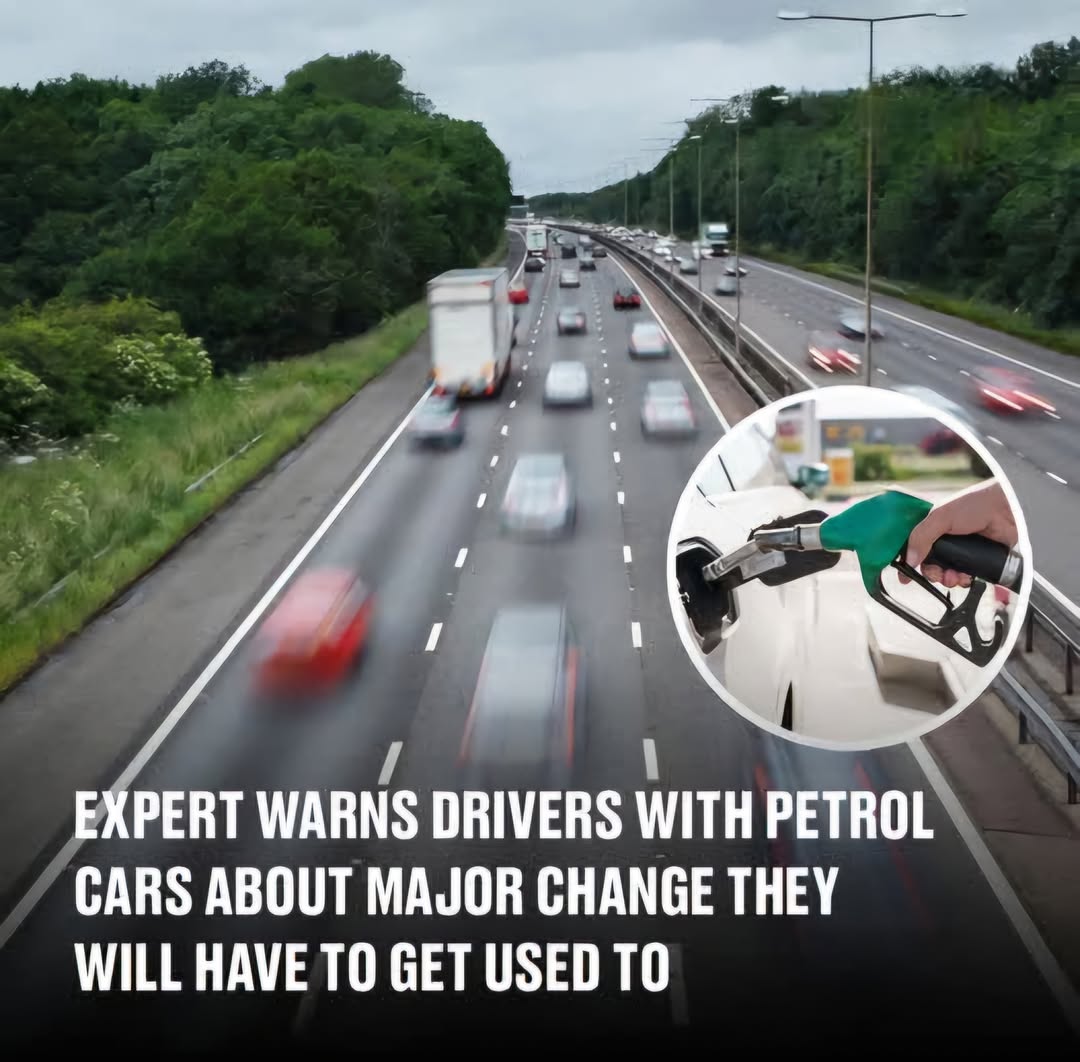
As the automotive industry accelerates toward electrification, drivers of gasoline-powered vehicles face significant changes that will reshape their driving experience. Understanding these developments is crucial to adapt seamlessly to the evolving landscape.
1. Transition to Automatic Transmissions
Electric vehicles (EVs) operate without traditional manual gearboxes, relying instead on single-speed transmissions that deliver power smoothly and efficiently. For drivers accustomed to manual transmissions, this shift may initially feel unfamiliar. However, the simplified driving experience of EVs offers a more straightforward and user-friendly approach.
2. Decline of Gas Stations
With the rise of EVs, the number of gas stations is expected to decrease over time. As EV charging networks expand, gasoline car owners may find it increasingly challenging to locate fuel stations, especially during long trips. Planning routes with available fuel stations in mind will become essential, mirroring the early experiences of EV adopters.
3. Government Mandates and Production Targets
Governments worldwide are setting ambitious targets to phase out gasoline and diesel vehicles. For instance, the UK plans to ban the sale of new petrol and diesel cars by 2030, with hybrid models to follow by 2035. Similarly, Canada aims for 100% EV sales by 2035, with incremental targets leading up to that date. These mandates signal a clear shift toward electric mobility.
4. Addressing Range Anxiety
A common concern among potential EV owners is range anxiety—the fear of depleting the battery before reaching a charging station. However, modern EVs offer ranges up to 250 miles on a single charge, sufficient for typical daily commutes. As technology advances, battery ranges are expected to increase, further alleviating these concerns.
5. Expansion of Charging Infrastructure
The development of a robust charging network is vital to support the growing number of EVs. Countries like Canada are investing heavily in expanding charging ports nationwide, aiming to make EV ownership practical and convenient for all drivers. A widespread and reliable charging infrastructure will be essential to accommodate the increasing demand.
6. Financial Incentives for EV Adoption
To encourage the transition to electric vehicles, governments are offering financial incentives to both manufacturers and consumers. These include rebates, tax credits, and subsidies designed to reduce the upfront costs of EVs, making them more accessible to a broader audience.
7. Environmental Considerations
The shift to electric vehicles is driven by the need to reduce greenhouse gas emissions and combat climate change. EVs produce zero tailpipe emissions, contributing to improved air quality and a healthier environment. Drivers can play a pivotal role in these environmental benefits by adopting electric mobility.
8. Economic Implications
While the initial purchase price of EVs may be higher, lower operating and maintenance costs can lead to long-term savings. EVs have fewer moving parts, resulting in reduced maintenance expenses. Additionally, the cost of electricity for charging is generally lower than gasoline, offering further economic advantages.
9. Technological Advancements
The automotive industry is witnessing rapid technological advancements, including improved battery technology, faster charging times, and enhanced vehicle performance. Staying informed about these developments will help drivers make educated decisions when considering a switch to electric vehicles.
10. Resale Value of Gasoline Vehicles
As the market shifts toward electric vehicles, the resale value of gasoline-powered cars may decline. Prospective buyers may prefer EVs, leading to decreased demand for traditional vehicles. Owners should consider this factor when planning future vehicle purchases or sales.
11. Infrastructure Adaptation
The transition to electric mobility requires adaptations in infrastructure, including the installation of home charging stations and the development of public charging facilities. Drivers should assess the availability of charging options in their areas and consider necessary upgrades to accommodate EV charging needs.
12. Impact on Driving Habits
Electric vehicles offer different driving dynamics, such as instant torque and regenerative braking. Drivers may need time to adjust to these new characteristics, which can enhance the overall driving experience once familiarized.
13. Insurance Considerations
Insurance policies for electric vehicles may differ from those for gasoline cars. Factors such as vehicle value, repair costs, and specialized components can influence insurance premiums. It’s advisable to consult with insurance providers to understand coverage options and potential cost implications.
14. Availability of EV Models
The market for electric vehicles is expanding, with manufacturers offering a diverse range of models to suit various preferences and needs. From compact cars to SUVs, the growing selection provides options for different lifestyles and requirements.
15. Preparing for the Transition
Proactive preparation is key to navigating the shift from gasoline to electric vehicles. Staying informed about industry trends, government policies, and technological advancements will empower drivers to make informed decisions and adapt to the changing automotive landscape.
Conclusion
The automotive industry’s move toward electrification presents both challenges and opportunities for drivers of gasoline-powered vehicles. By understanding and embracing these changes, drivers can contribute to a sustainable future while enjoying the benefits of modern automotive technology.





